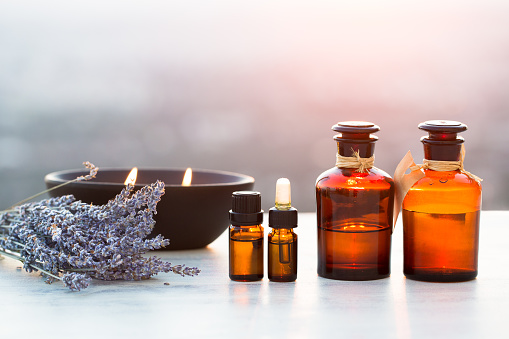The Beauty Biz is Attracting Big Spenders
By Rieva Lesonsky
If you currently sell or are considering starting a shop (online or off) selling beauty products (or even manufacturing beauty products), this is a great time to get in the game. For several years, entrepreneurs were worried about the increasing competition from mass retailers like Target and Walmart getting into the “mass-tige” business—that is, selling higher-end beauty and grooming products.
But MediaPost’s MarketingDaily reports consumers are turning to higher-priced outlets to get their products. While many shoppers (42.5 percent of total beauty buyers, says research from the Integer Group and M/A/R/C) still get their beauty fix at mass retailers, that’s down slightly from the year before. And sales of beauty products are also down at grocery and discounted dollar stores.
Instead, more shoppers (7.6 percent—up from only 2.5 percent last year) are scooping up the pricier products found at department stores—which is still big competition for your smaller shop. But nearly as many (7.4 percent) buy their beauty products at specialty shops. And MarketingDaily says more shoppers are buying their products on Amazon, which is good news for you if you have an online store there. While the percentage of beauty buyers on Amazon is still relatively low—3.2 percent—that’s double the number of last year.
Of course, you’re still going to be competing with bigger stores, such as Sephora, Ulta and Blue Mercury, which was just bought by Macy’s. But you can score by targeting a niche, like long-time beauty expert Jennifer Walsh, who recently launched Pride & Glory, the “nation’s first cohesive collegiate beauty brand” which also gives back to local communities.
Another option: Since Sephora, Amazon and independent outlets are always on the lookout for new and noteworthy products, take a look at the manufacturing end of the business. Think that’s too hard to do today? Here’s some inspiration. Glenn and Shannon Dellimore launched their beauty business in 2010 in one of the bedrooms in their Southern California home. In about four years, according to The Los Angeles Times, their initial investment of $80 turned into sales of over $100 million and their company, GlamGlow, was bought by cosmetic giant Estee Lauder for an estimated $200 million.







